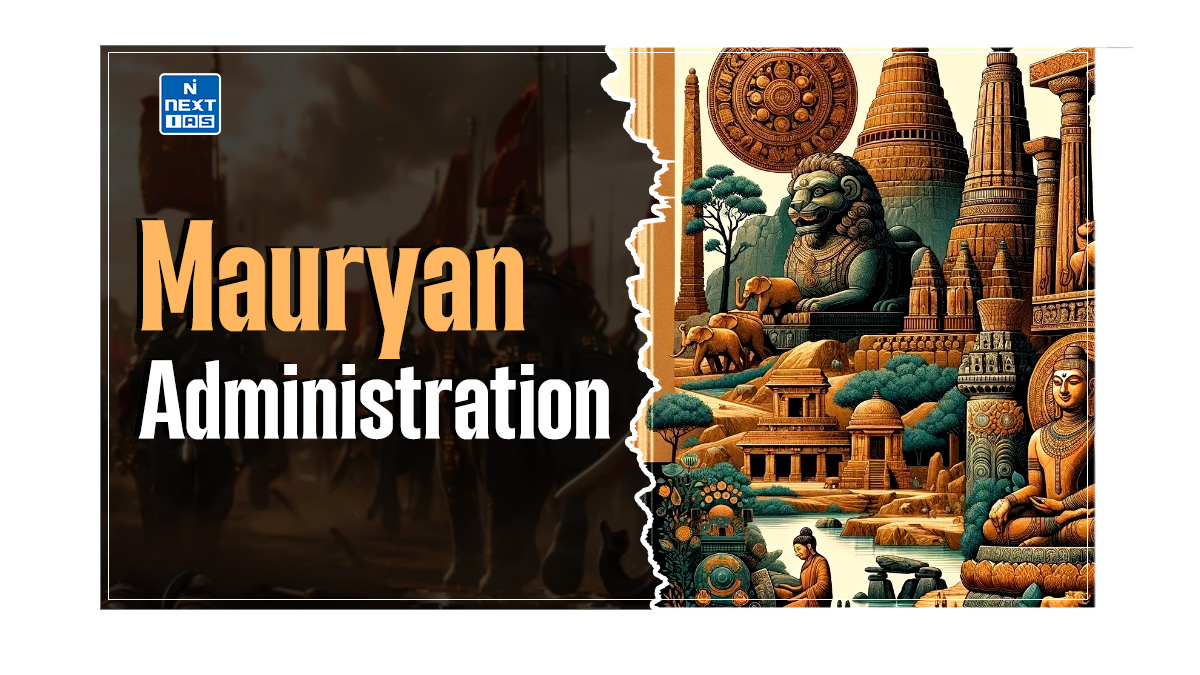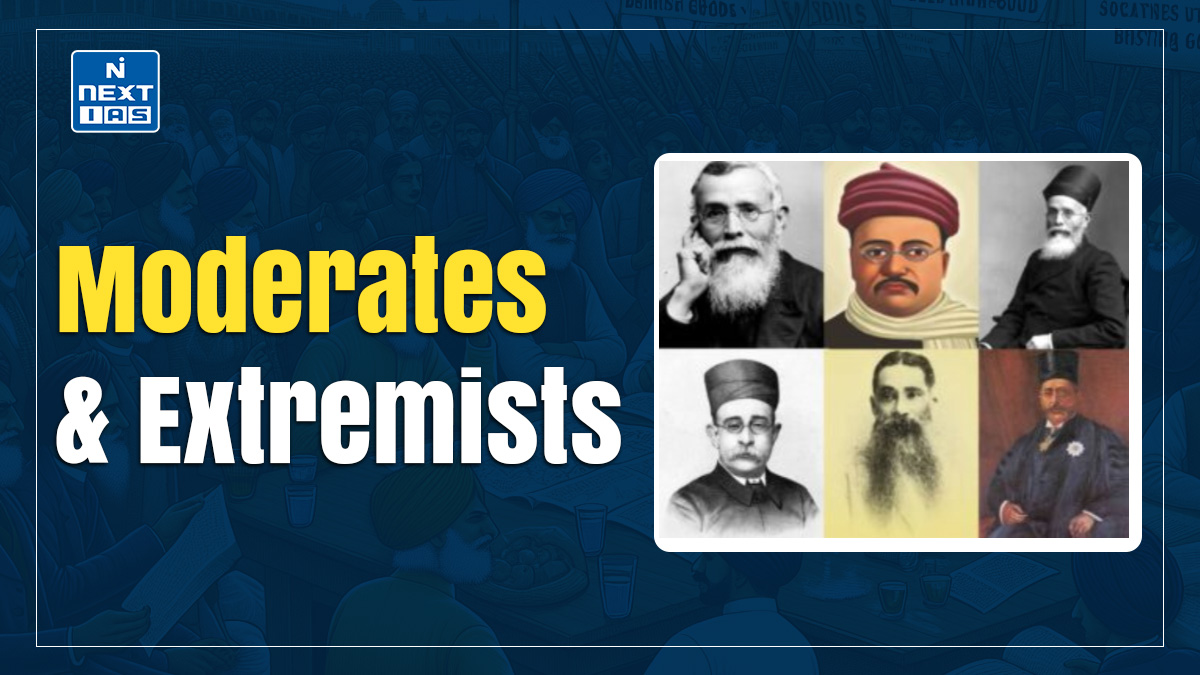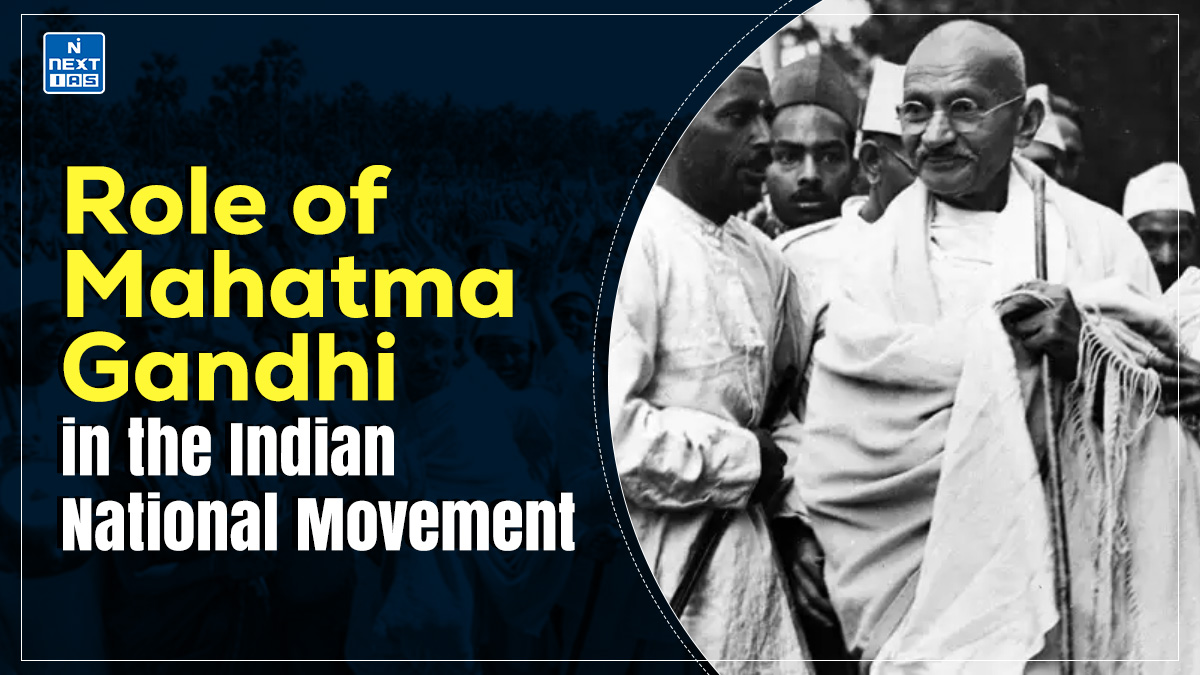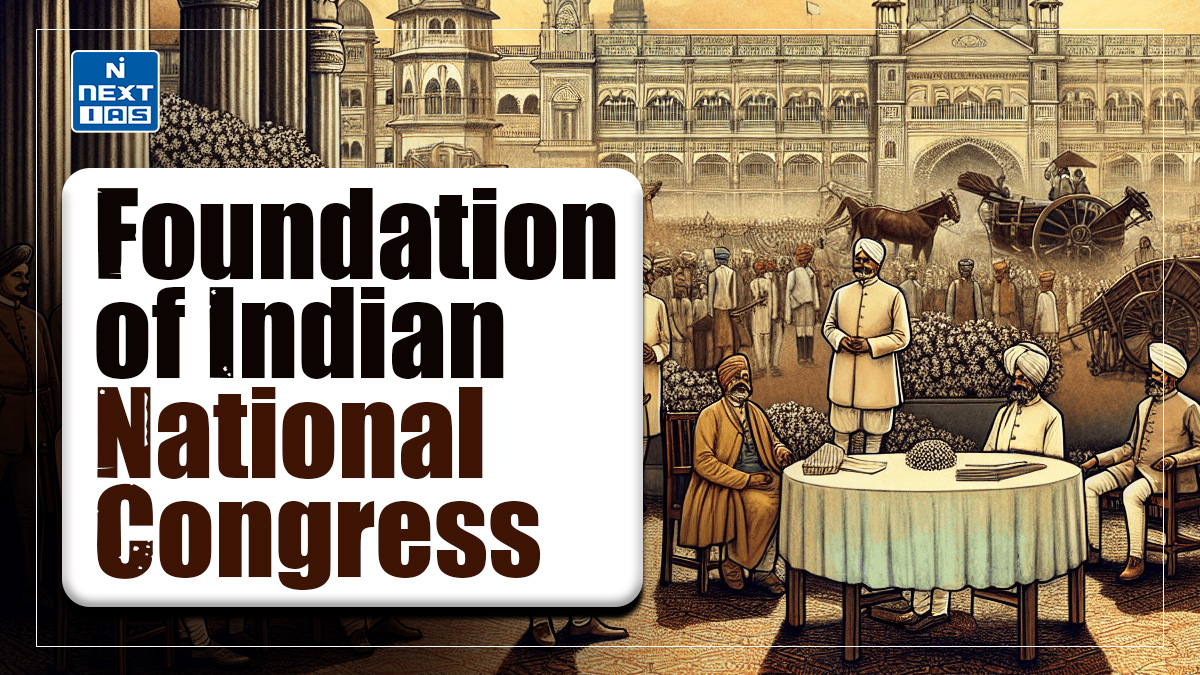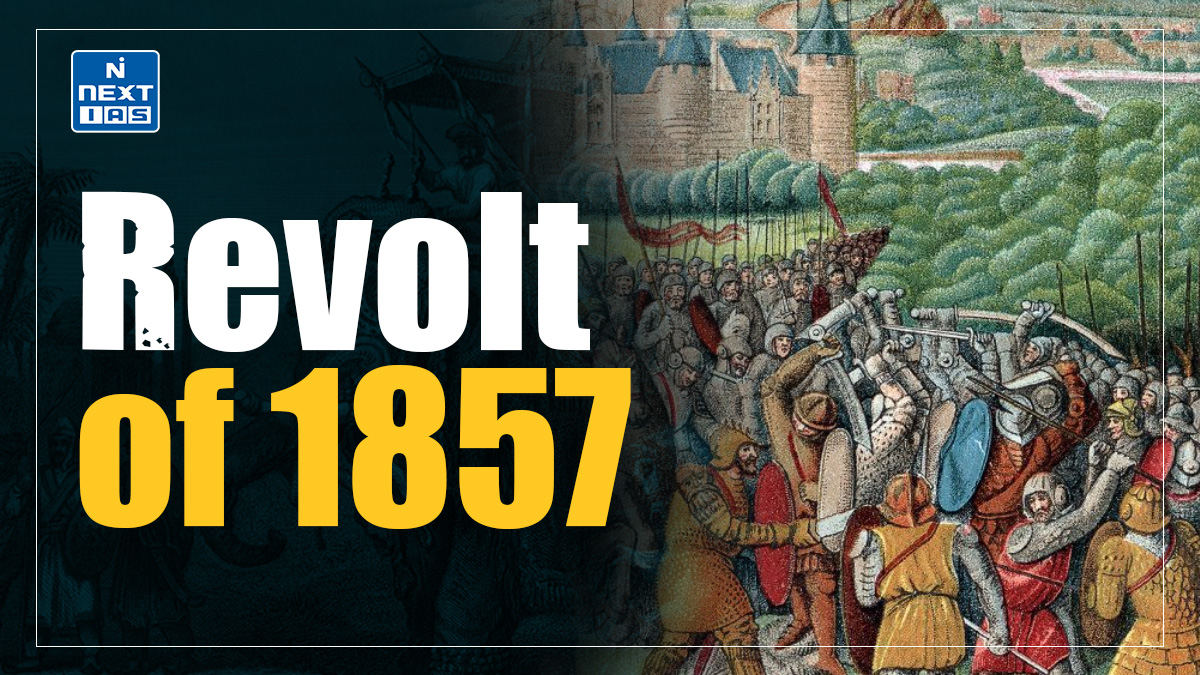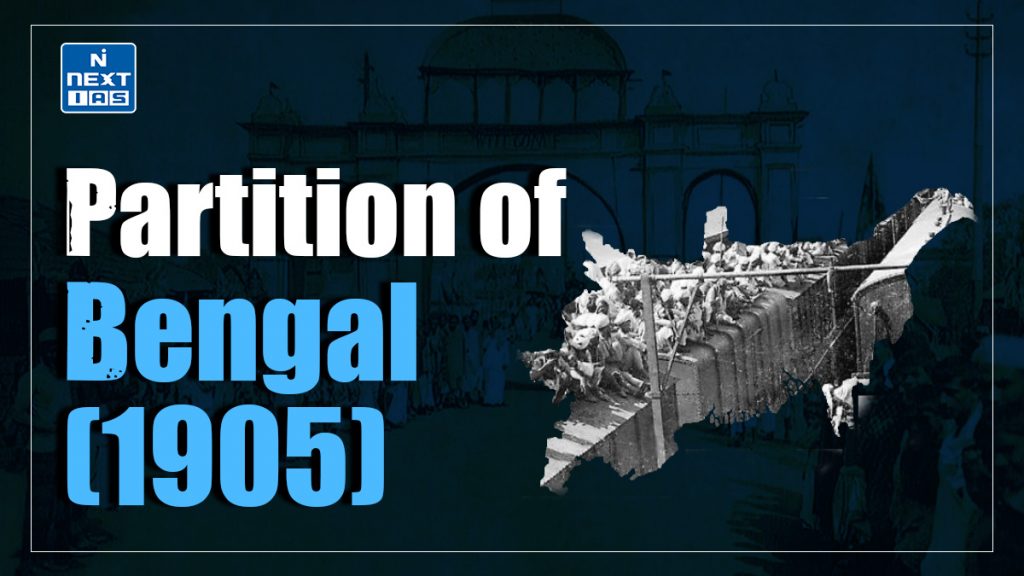
The Partition of Bengal in 1905 was a decision by the British to divide the large province of Bengal for administrative purposes, creating separate Muslim and Hindu-majority regions. This move, which aimed to weaken the nationalist movement, led to widespread protests and the emergence of the Swadeshi movement, marking a significant turning point in India’s struggle for independence. This article aims to study in detail the causes, consequences, and impact of the Partition of Bengal.
About Partition of Bengal
- The decision to partition Bengal was made public in December 1903. According to the British, the decision to partition the large province of Bengal (undivided Bengal, Odisha, Assam, and Bihar) was based on administrative convenience.
- However, as nationalist leaders rightly suspected, Lord Curzon had some ulterior motives behind this decision.
- The argument of ‘administrative convenience’ had an element of truth. Still, by dividing the Bengali-speaking areas, the government’s real intention was to weaken the nationalist movement, which was gaining strength daily.
- It is important to note that Bengal was the prominent centre from which the nationalist ideas radiated to other parts of British India. Curzon hoped that the partition would separate Muslim-majority areas of Assam and eastern Bengal from the rest of the province, which was largely Hindu.
- After the partition, the western half became a Hindu-majority area, and the eastern half became a Muslim-majority area.
- There was also an intention to divide them on a language basis by reducing Bengalis to a minority in Bengal since, in the partition scheme, it was decided that Bengal proper was to have 17 million Bengalis and 37 million Hindi and Oriya speakers.
- Curzon proposed to make Dacca the capital of a new Muslim-majority province to get the confidence of the Muslims of Bengal.
- The government was essentially subscribing to its time-tested policy of pitting Muslim communalists against Congress nationalists to weaken the national movement.
Background of Partition of Bengal
- The Partition of Bengal in 1905 was initiated by Lord Curzon, the then Viceroy of India, citing administrative efficiency due to the vast size and population of Bengal.
- However, the underlying motive was to weaken the growing nationalist movement by dividing Hindus and Muslims. Bengal was split into two provinces: Eastern Bengal and Assam (Muslim-majority) and Western Bengal (Hindu-majority).
- The move was widely opposed by Indian nationalists, who saw it as a strategy of “divide and rule.” The partition sparked widespread protests and gave rise to the Swadeshi Movement, eventually leading to its annulment in 1911.
Anti-Partition Movement
- Surendranath Banerjee led the Moderate group, which comprised Krishna Kumar Mitra, Jogeshchandra Chaudhuri, Bhupendranath Bose, Prithwishchandra Ray, etc.
- They worked ceaselessly from 1903 to intensify the agitation through press campaigns, meetings, petitions, conferences, etc.
- In their usual style, they forwarded anti-partition arguments in their pamphlets, and a few newspapers, like Sanjibani, Indian Mirror, and Ananda Bazar Patrika, carried their ideas widely.
- They aimed to educate public opinion in India and England and pressure the government to reverse the unjust partition scheme.
- However, the government ignored the loud public opinion against the partition and announced it in July 1905.
- Protests were organised all over Bengal, and the idea of boycotting foreign goods was put into practice.
- A huge gathering was held in Calcutta town hall on August 7, 1905, and a Boycott Resolution was passed. This marked the formal beginning of the Swadeshi movement.
- Krishna Kumar Mitra was the first to suggest the boycott of British goods in Bengal.
- Syed Haidar Raja led the Swadeshi movement in Delhi.
- The British journalist H.W. Navinson was associated with the Swadeshi movement.
Effect of Partition of Bengal in Indian National Movement
- The Partition of Bengal in 1905 by Lord Curzon had a profound impact on the Indian National Movement.
- Intended to divide Bengal on administrative grounds, it was widely perceived as a British strategy to “divide and rule” by separating Hindus and Muslims.
- This move sparked intense opposition and marked a significant shift in Indian nationalism. It led to the Swadeshi Movement, promoting the boycott of British goods and the revival of indigenous industries.
- Public meetings, protests, and the spread of nationalist literature galvanized the masses, especially the youth and middle class.
- The partition also deepened communal divisions, laying early seeds of communal politics.
- However, it unified different sections of Indian society against colonial rule and energized the freedom struggle.
- The British eventually annulled the partition in 1911 due to strong resistance, making it a landmark victory and reinforcing the power of mass mobilization in India’s fight for independence.
Role of Lord Curzon in the 1905 Partition of Bengal
- Lord Curzon, the Viceroy of India, played a central role in the 1905 Partition of Bengal.
- He justified the division on administrative grounds, claiming that Bengal was too large to govern effectively.
- However, his real intention was to curb the rising tide of Indian nationalism by creating religious divisions between Hindus and Muslims.
- Curzon’s plan divided Bengal into Eastern Bengal and Assam (Muslim-majority) and Western Bengal (Hindu-majority).
- This move provoked intense opposition from Indian nationalists, who saw it as a classic “divide and rule” strategy.
- Curzon’s decision significantly fueled the Swadeshi Movement and increased political consciousness across India.
Conclusion
The partition sparked widespread protests across Bengal and catalysed the rise of the Swadeshi movement, which called for a boycott of British goods. Despite the government’s dismissal of the protests, the movement united Indians in their struggle against colonial policies and marked a significant chapter in India’s fight for independence.
FAQs
What is Partition of Bengal?
The Partition of Bengal in 1905 was the division of the Bengal province by the British into Eastern Bengal and Assam (Muslim-majority) and Western Bengal (Hindu-majority). Initiated by Lord Curzon, it aimed to ease administration but was widely seen as a strategy to divide Hindus and Muslims, sparking national protests.
Who divided Bengal in 1947?
Bengal was divided in 1947 by the British government during the partition of India, based on the recommendations of the Radcliffe Commission. The province was split into West Bengal (India) and East Bengal (Pakistan, later Bangladesh) along religious lines.
When was the Partition of Bengal announced?
The partition of Bengal was officially announced on July 20, 1905, by the British government and implemented on October 16, 1905, under the administration of Viceroy Lord Curzon.
